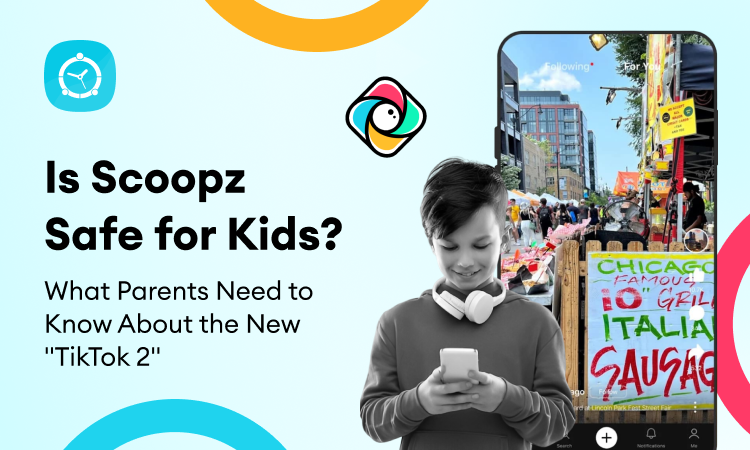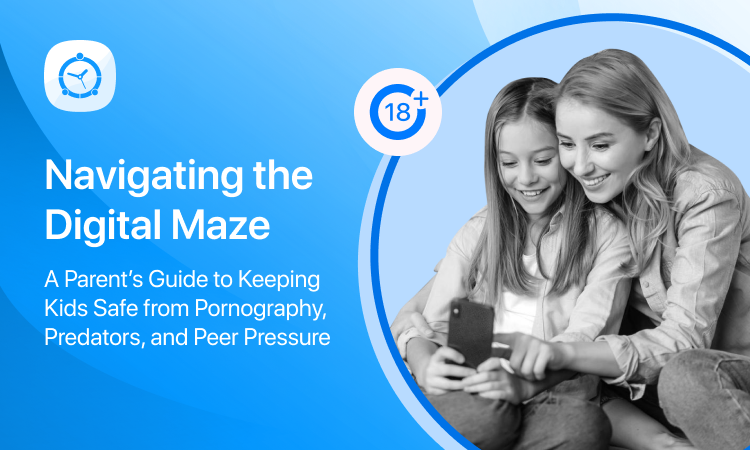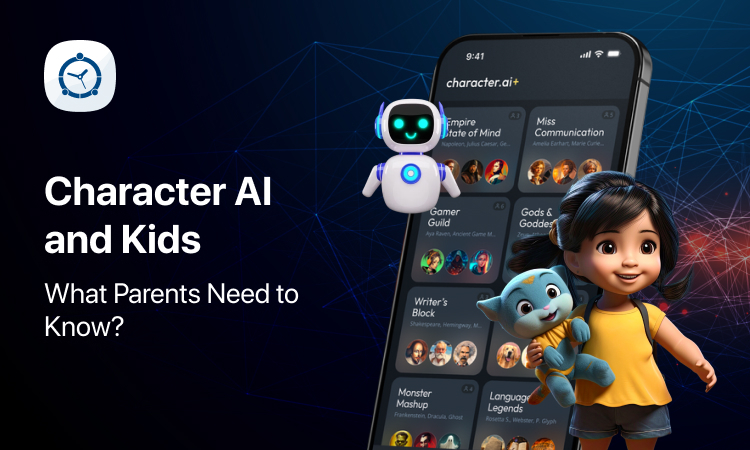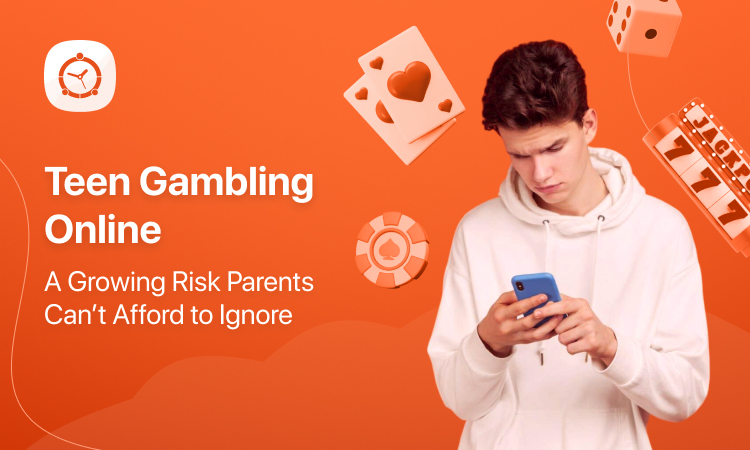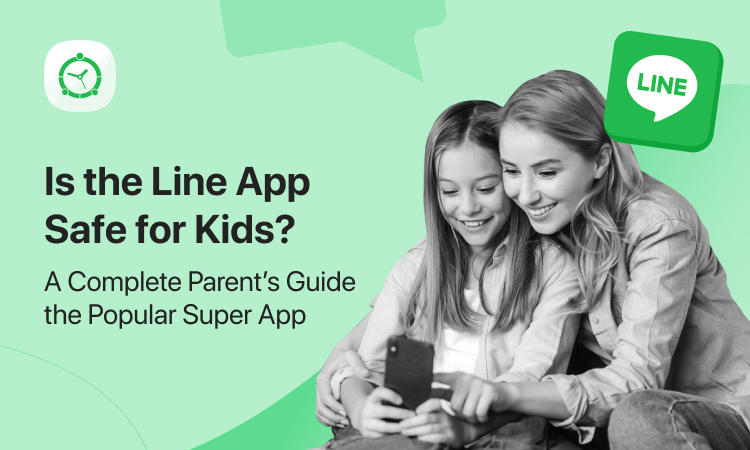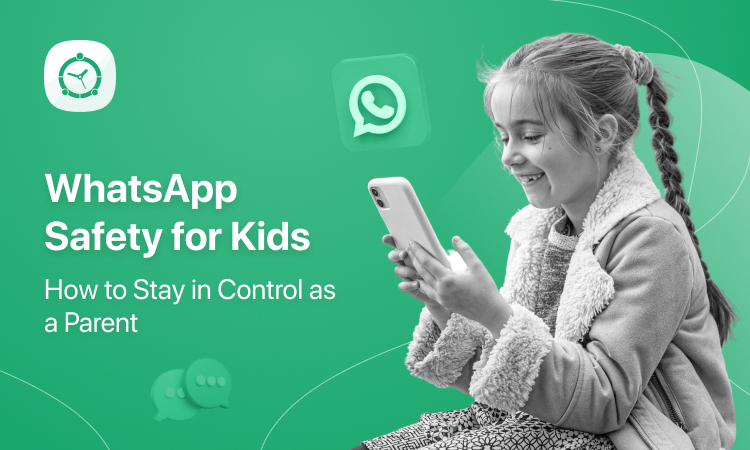Live streaming apps have gained immense popularity in recent years, allowing users to broadcast live video content to a wide audience in real time. These apps provide a platform for users to share their experiences, talents, and perspectives with others, making them a popular form of social media.
You may be wondering what these live-streaming applications are and whether they are dangerous or safe for children. With the advent of social media and the growing popularity of live streaming, parents must grasp what these applications are, how they work, and the potential risks and benefits they bring to children.
So, let’s dive in and unravel the mysteries of live-streaming apps today!
What are Live Streaming Apps?
Live streaming apps are applications that allow users to create and share live video content with others over the internet. Viewers can interact with streamers through comments, likes, and shares. Live streaming apps can be accessed through various platforms, including smartphones, tablets, and computers, and they can be used for a wide range of purposes, such as vlogging, gaming, music performances, and socializing.
How Do Live Streaming Apps Work?
Live streaming apps work by capturing video and audio content from the user’s device, such as a smartphone camera or computer webcam, and transmitting it over the internet in real time. The video and audio data are encoded and sent to a server, which then distributes the content to the viewers who can watch it on their devices.
Risks of Live Streaming Apps for Kids
While live streaming apps can be a fun and creative way for kids to express themselves and connect with others, they also pose potential risks. Some of the risks associated with live-streaming apps for kids include:
Privacy and Security Concerns
Live streaming apps often require users to provide personal information, such as their name, age, and location, which can be visible to others. this can pose a risk to children’s privacy and safety, as they may inadvertently share personal information with strangers.
Inappropriate Content
Live streaming apps may have inappropriate content for minors, such as aggressive language, violence, or explicit imagery. While using live-streaming apps, children may come across unsuitable content, which can have a severe impact on their mental and emotional well-being.
Cyberbullying and Harassment
Viewers can write comments and communicate with the streamer using live streaming apps, however, this can also lead to cyberbullying and abuse. Viewers may make hurtful comments or even threaten children, which can have a negative impact on their self-esteem and mental health.
Addiction and Screen Time:
Live streaming apps can be addictive, and children may spend excessive amounts of time using them, leading to increase screen time and potential negative effects on physical and mental health, including disrupted sleep patterns, reduced physical activity, and impaired social interactions.
Benefits of Live Streaming Apps for Kids
Despite the risks, live streaming apps can also offer benefits for kids, including:
Creativity and Self-Expression
Live streaming apps can provide a platform for kids to express themselves creatively, whether it’s through showcasing their artistic talents, sharing their thoughts and opinions, or engaging in imaginative play.
Education and Learning Opportunities
Live streaming apps can also be used for educational purposes, such as online tutorials, language learning, or sharing educational content. kids can learn from others and gain new knowledge through these apps.
Social Interaction
Live streaming apps can offer kids the opportunity to connect with others who share similar interests and hobbies. Kids can make friends, engage in discussions, and learn from different perspectives, fostering social interactions and relationships.
Skill Development
Live streaming apps can also help kids develop various skills, such as public speaking, communication, and content creation. Kids can learn to present themselves in front of a live audience, improve their communication skills, and develop creativity and content creation abilities.
As a parent, it’s important to take steps to ensure your child’s safe use of live-streaming apps. Here we’ll give you some tips to consider to ensure your child’s online safety. These are:
Tips for Parents to Ensure Safe Use of Live Streaming Apps
Set Age-Appropriate Restrictions
Many live-streaming apps have age restrictions, and it’s important to ensure that your child meets the minimum age requirement before allowing them to use the app. Age restrictions are put in place to protect children from potential risks, so it’s crucial to follow them.
Educate Your Child About Privacy and Safety
Talk to your child about the importance of protecting their personal information online and the potential risks associated with sharing personal information on live streaming apps. Teach them to be cautious about what they share and who they interact with online.
Encouraging Responsible Content Creation
If your child is interested in creating live content, guide them on responsible content creation. Teach them about the importance of respecting others, avoiding inappropriate language or behavior, and being mindful of the content they share.
Besides all these tips, you can use monitoring apps like FamilyTime to monitor your child’s online activities. FamilyTime can help you in plenty of ways. The wonderful features of FamilyTime can help you ensure your child’s online safety. These are:
How FamilyTime Can Help?
FamilyTime has the most advanced features including:
- App blocker
- App usage
- Internet filters
- Text monitoring
- Screen time limit etc
FamilyTime is not only limited to the features mentioned above. It has more to offer. For this purpose, visit the website or sign up for free to explore its features and ensures your child’s 100% security on live streaming apps and other social apps.


